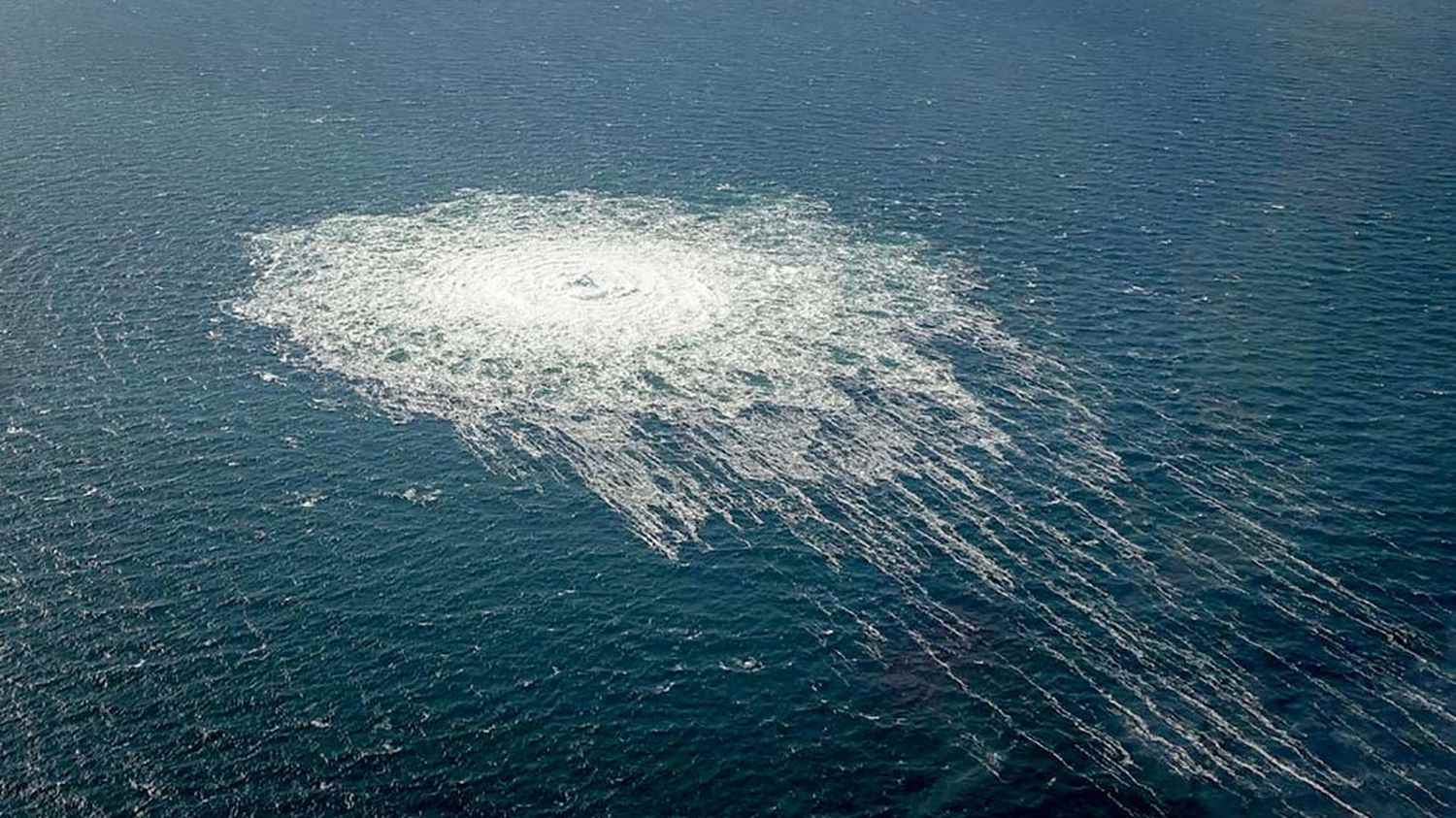There is gas in the water of the Baltic Sea. Spectacular leaks, preceded by underwater explosions, were reported on Monday 26 and Tuesday 27 September on the Nord Stream gas pipelines linking Russia to Germany. The three large leaks, off the Danish island of Bornholm, between southern Sweden and Poland, are visible on the surface with bubbling ranging from 200 meters to one kilometer in diameter.
>> Follow the latest news related to leaks on the two Nord Stream 1 and 2 pipelines
The consequences of this event are not only geopolitical, they are also environmental. The escaping gas contains methane, a powerful greenhouse gas (GHG), the second emitted by human activities to cause global warming. According the latest IPCC report*, a third of the warming already observed is due to methane and emissions continue to climb, with record levels recorded in 2021.
“Even though it is emitted in much less quantity than CO2, its warming power is much stronger. Out of 100 years, one kilo of methane has the same warming power as 28 kilos of CO2″, contextualized for franceinfo Marielle Saunois, researcher at the Laboratory of Climate and Environmental Sciences (LSCE). In the short term, on a scale of 20 years, this warming effect is even 80 times greater than that of CO2. But “it is more reasonable to use the factor 28 when talking about the impact on the climate. It is the one we use as a scientist”tempers Philippe Bousquet, researcher at the LSCE.
Apart from accidental situations, the specialist explains that the methane emitted naturally at the bottom of the oceans oxidizes and is transformed into CO2 before reaching the surface. In this specific case, the bubbles observed in the Danish Navy photos show that a large part of the gas is found in the atmosphere. When they were pierced, the gas pipelines were at a standstill. But they nevertheless contained gas at that time. Only the Gazprom company, which did not give figures, knows the precise quantity of gas present in these gas pipelines. Based on old press releases from the Russian gas giant, a German NGO estimates this quantity at 356 247 tons.
On Twitter, the climatologist Zeke Hausfather, which took part in the work of the IPCC, assesses 6.4 million tonnes of CO2 equivalent potential emissions from the two pipelines. Which corresponds, according to him, “to annual emissions of 1.4 million cars, although this is only about 0.2% of annual methane emissions from fossil fuels”.
“From a climate point of view, it’s not zero, but it’s not major”, continues Philippe Bousquet. The scientist recalls that the annual emissions of methane weigh about 600 million tonnes, well above the estimate at 0.36 million tons of the German NGO. About 60% of these emissions are of human origin. Behind this figure, we find agriculture (cattle breeding, rice fields), the energy sector and waste. The energy sector (oil, coal, gas) notably emits methane during maintenance operations or… accidental leaks. “Major methane leaks, there are every day”recalls Marielle Saunois.
* This link refers to an article in English.
